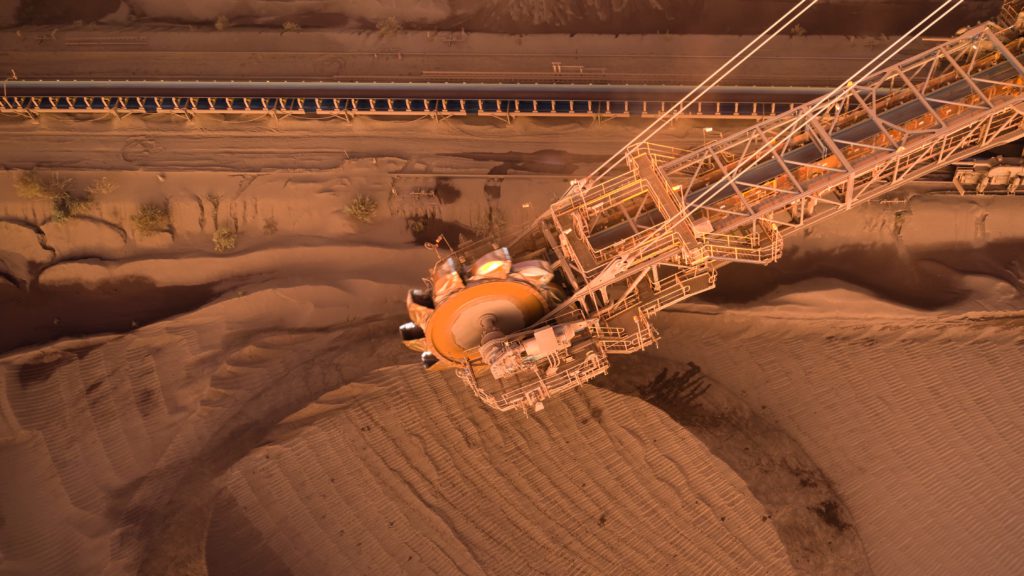
Australia risks losing its dominant position in the global iron ore market if it does not move swiftly to produce green iron, and would do well to learn lessons from the near wipe-out of its nickel industry, Fortescue CEO Dino Otranto said on Tuesday.
Australia is the world’s biggest supplier of seaborne iron ore, accounting for around half of global supply. But the Pilbara grades dug up from the country’s west are generally regarded as too low to be turned into steel without using coal.
That means as steel makers decarbonize, they are turning elsewhere for iron ore, which could hit Australia’s top export earner, Otranto said at the IMARC conference in Sydney.
“The message is, take the opportunity,” he said on the sidelines of the conference. “We have an abundance of solar and wind… so the logical next step is to get into downstream industries.”
Competition is growing from new green steel projects – made without the use of fossil fuels – in the Middle East, while Guinea’s giant Simandou iron ore mine is set to start up next year, he said.
“That’s a high grade deposit going straight into the steel mills in China,” he said of Simandou.
“Let’s not sit here with our head in the sand thinking it’s not going to happen again.”
Australia had the opportunity to help build Indonesia’s nickel industry but did not anticipate China’s speed and technical innovation, and its domestic industry suffered as a result.
“The Chinese … built the biggest nickel industry the world has ever seen and … took out an entire market sector in four years,” he said, referring to the transformation of Indonesia’s nickel industry into the world’s dominant supplier, driven by Chinese stainless steel giant Tsingshan.
That flood of supply has hammered nickel producers around the globe, including in New Caledonia and Australia.
Otranto said a similar scenario could play out in Australia’s iron ore industry which, along with the Australian government, was underplaying the threat to the sector and that government and industry need to collaborate to lower power costs in particular.
“We have to bring in Chinese manufacturing of solar panels and wind turbines, because they’re doing it better than anyone else,” he said. Automating robots for installation would cut labour costs to help make green iron production economic, he said.
The world needs Australia’s iron ore to sustain steel production so answers must be found.
“We cannot lose the opportunity to place the 600 to 700 million tons of iron ore that Australia ships out,” he said. “So we have to work unbelievably hard, even harder than we’re doing now.”
The world’s fourth largest iron ore miner, Fortescue will use green hydrogen from solar farms at its Christmas Creek operations to start producing 2,000 tons per year of green iron using hydrogen next year.
On Monday, Brazilian miner Vale, the world’s second biggest iron ore producer, said it had partnered with China’s Jinnan Steel Group to build an iron ore beneficiation plant in Oman to make high quality pellet.
(By Melanie Burton; Editing by Sonali Paul and Lincoln Feast)
Comments
Keith Black
Australia has learnt the lesson now on LNG as Woodside & Shell have just taken away 6 LNG Bulk Carriers Australian Flagged as they know LNG emitting more Carbon than Coal.
Australia’s Magnetite is 68% and will be no competition for Guinea or Brazilian iron ore.
We cannot change what is going to happen but 2025 is going to be very interested for the Australian miners and economy.